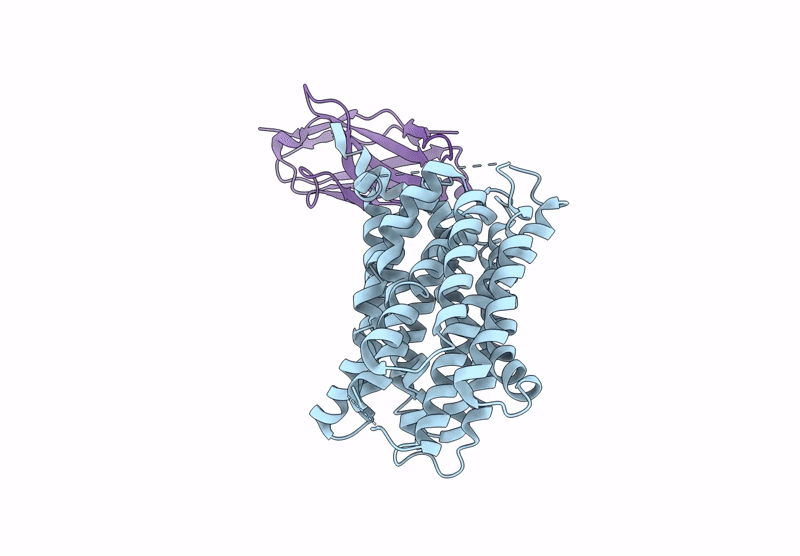
Deposition Date
2024-08-08
Release Date
2025-05-21
Last Version Date
2025-06-11
Entry Detail
PDB ID:
9GF8
EMDB ID:
Keywords:
Title:
Human Monocarboxylate Transporter 8
Biological Source:
Source Organism:
Homo sapiens (Taxon ID: 9606)
Vicugna pacos (Taxon ID: 30538)
Vicugna pacos (Taxon ID: 30538)
Host Organism:
Method Details:
Experimental Method:
Resolution:
3.50 Å
Aggregation State:
PARTICLE
Reconstruction Method:
SINGLE PARTICLE


